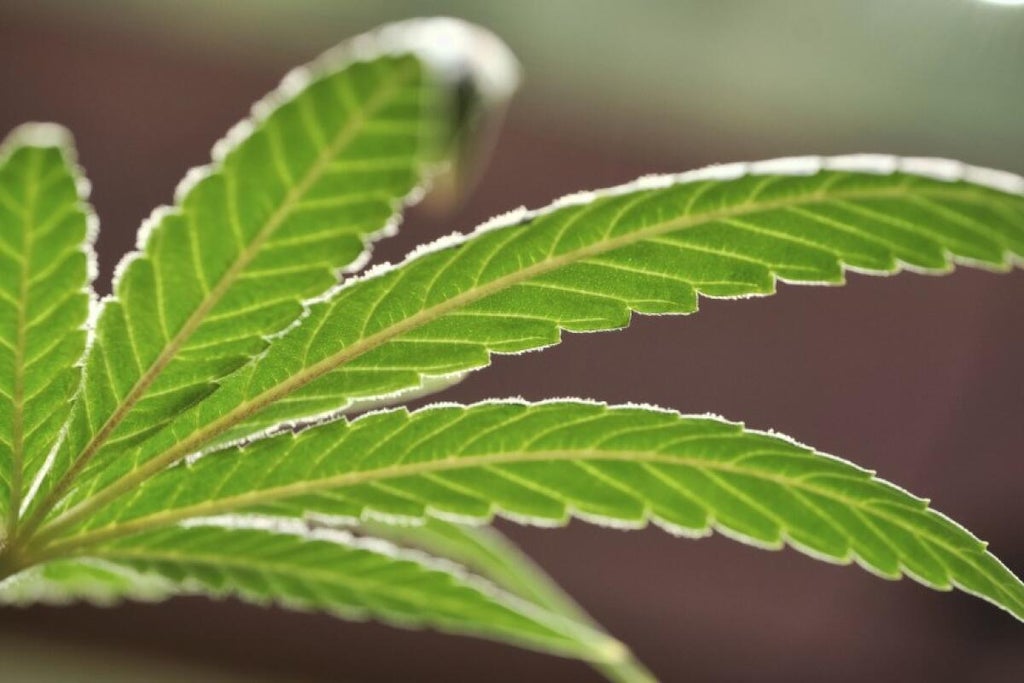Blog, Educational, Marijuana News, Weed Culture
Cannabis VS Marijuana
When it comes to discussions about cannabis, the terms “cannabis” and “marijuana” are often used interchangeably. However, there are subtle differences between the two that are worth exploring. In this blog post, we will delve into the distinctions between cannabis and marijuana, shedding light on their origins, uses, and legal implications.
Origins and Terminology:
Cannabis is a plant genus that encompasses various species, including Cannabis sativa, Cannabis indica, and Cannabis ruderalis. Marijuana, on the other hand, is a term commonly used to refer to the dried flowers, leaves, stems, and seeds of the Cannabis plant, typically used for recreational or medicinal purposes.
THC and CBD Content:
One of the key differences between cannabis and marijuana lies in their chemical composition. Cannabis plants contain a variety of compounds called cannabinoids, the most well-known being tetrahydrocannabinol (THC) and cannabidiol (CBD). THC is the psychoactive compound responsible for the “high” associated with marijuana use, while CBD is non-intoxicating and has potential therapeutic benefits.
Uses and Applications:
Cannabis has a wide range of applications beyond recreational use. It has been used for centuries for medicinal, industrial, and spiritual purposes. Medical cannabis refers to the use of cannabis or its extracts to alleviate symptoms or treat certain medical conditions. It has shown promise in managing chronic pain, reducing nausea and vomiting, and improving appetite in patients undergoing chemotherapy, among other uses. Marijuana, on the other hand, is primarily used for recreational purposes due to its psychoactive effects.
Legal Implications:
The legal status of cannabis and marijuana varies across different jurisdictions. In some places, cannabis may be legal for medical and/or recreational use, while in others, it remains illegal. It is important to research and understand the laws and regulations in your specific location before engaging in any cannabis-related activities.
Cultivation and Strains:
Cannabis cultivation involves the careful breeding and cultivation of different strains to achieve desired characteristics. These strains can vary in their THC and CBD content, as well as their aroma, flavor, and effects. Marijuana strains are typically bred to have higher levels of THC, while other cannabis strains may be bred for their CBD content or other specific qualities.
While cannabis and marijuana are often used interchangeably, it is important to recognize the subtle differences between the two. Cannabis is a plant genus that encompasses various species, while marijuana refers specifically to the dried flowers, leaves, stems, and seeds of the Cannabis plant. Understanding these distinctions, including their chemical composition, uses, and legal implications, can help individuals make informed decisions and navigate the evolving landscape of cannabis-related products and regulations.


